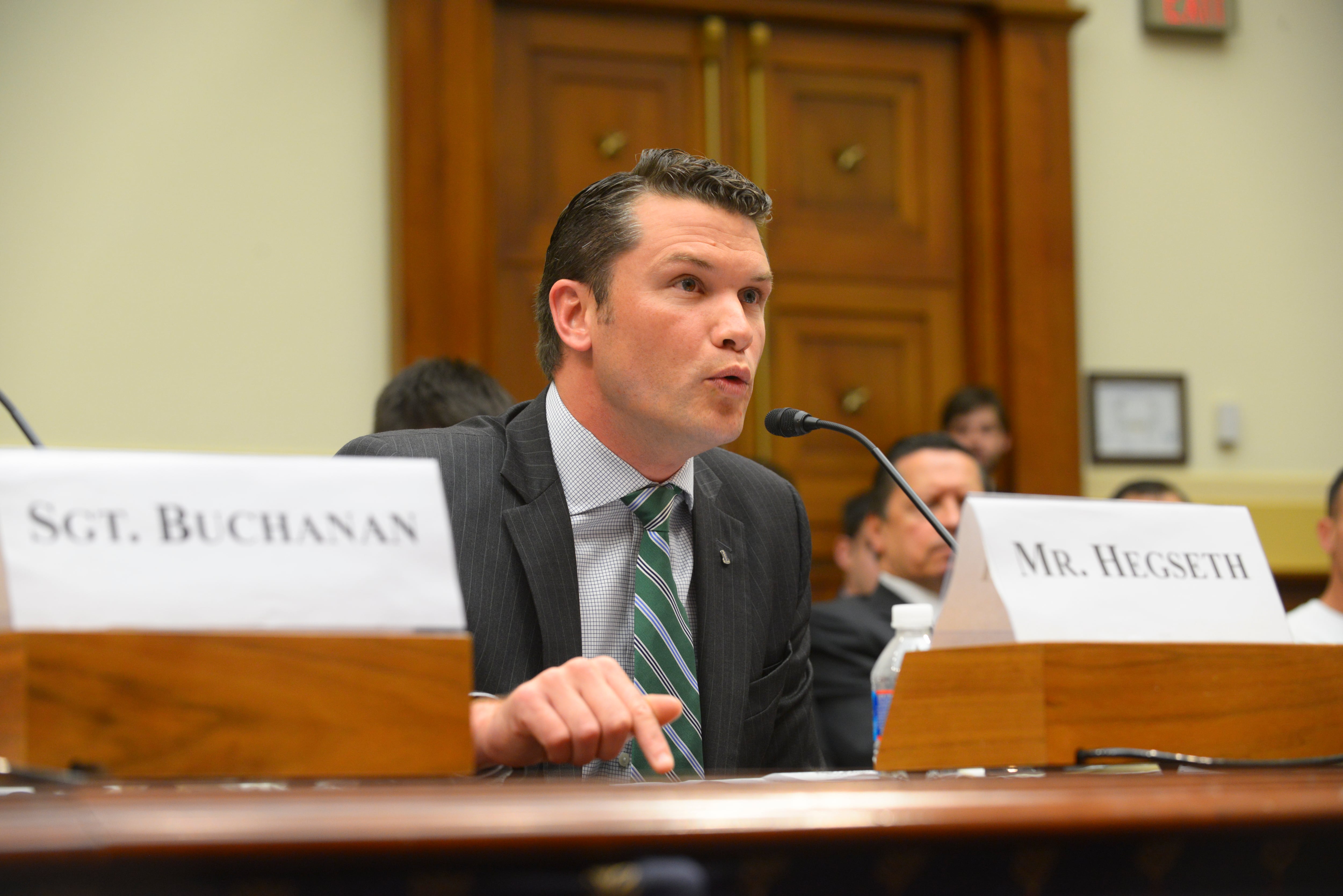Airmen with the 301st Airlift Squadron transported four mine-hunting dolphins and their handlers from Naval Station Key West, Fla., to the U.S. Naval Marine Mammal Program in San Diego aboard their C-17 April 29, according to the U.S. Air Force.
The bottlenose dolphins were actually making a return trip to California. A month earlier, they had been sent to Florida because "the dolphins need to be challenged and get experience in different waters," said Marine Mammal Program biological technician Brit Swenberg in the release.
The NMMP trains dolphins and sea lions to locate mines and enemy swimmers. Dolphins are able to use their sonar and make repeated dives without experiencing the decompression sickness that would affect humans, Swenberg said.
During the cross-country flight, pilots had to maintain an altitude of 30,000 feet, have pressurization below 6,000 feet and keep the cargo area at 50 degrees Fahrenheit, all while making sure the flight was as smooth as possible for the dolphins' comfort.
"The sensitivity of the cargo posed a unique challenge for us," said Air Force Lt. Col. Alex Salogub, a pilot with the 301st AS and commander of the mission. "We don't normally need to worry about pressurization or temperature issues with most cargo. With the C-17's flexibility and capability as a multi-role aircraft, we are (able to) successfully complete these unique challenges."
Army Capt. Drew Henschen, an NMMP veterinarian, ensured there were no issues with the dolphins during the flight.
We make sure the dolphins are well taken care of and maintain their health. They can only do their jobs to the best of their abilities, same as humans. We want to make sure we are sending healthy animals and they stay healthy," said Henschen.





